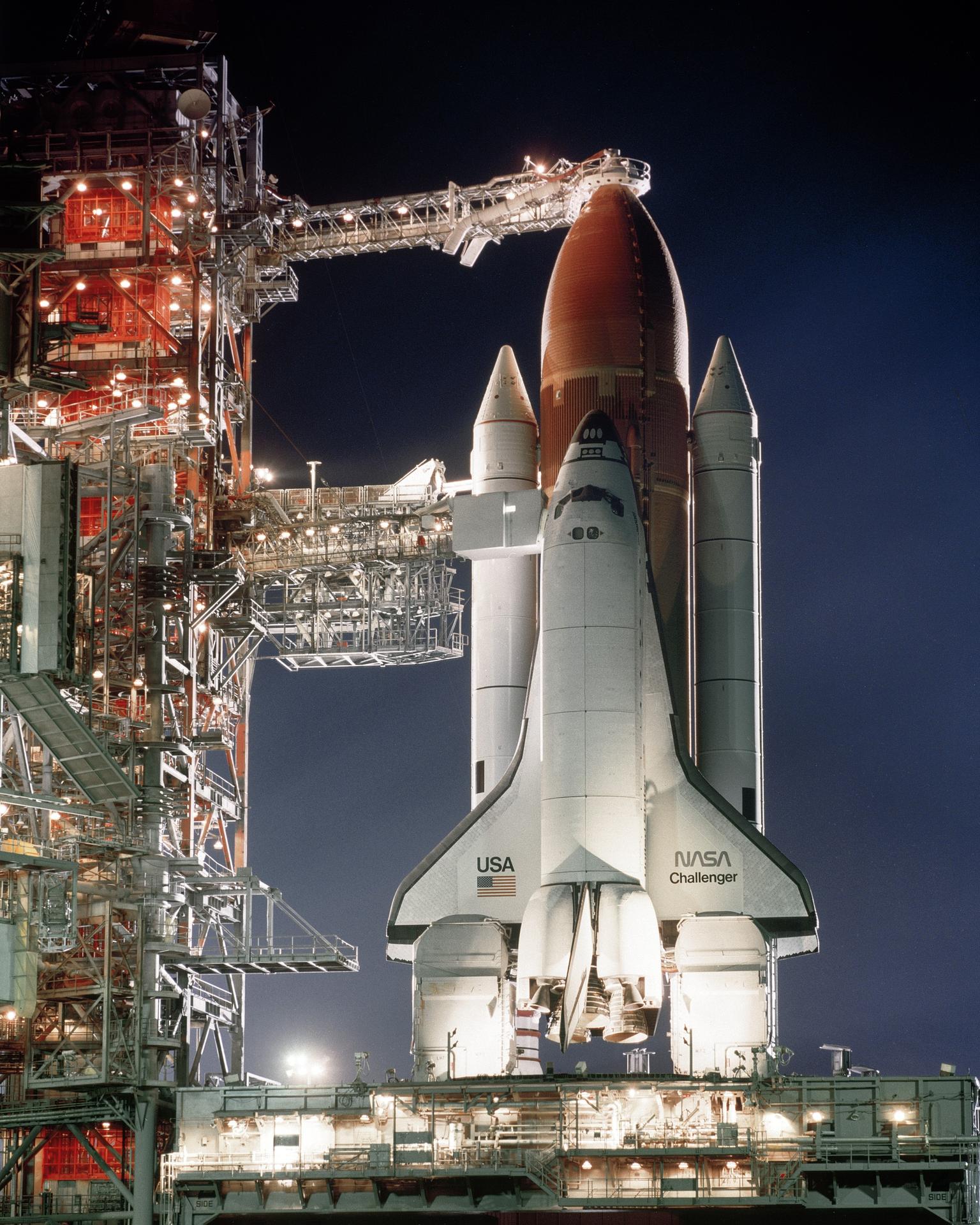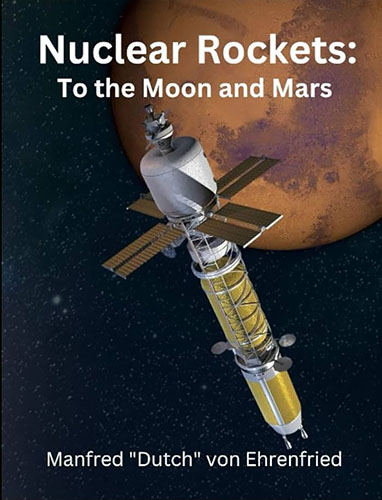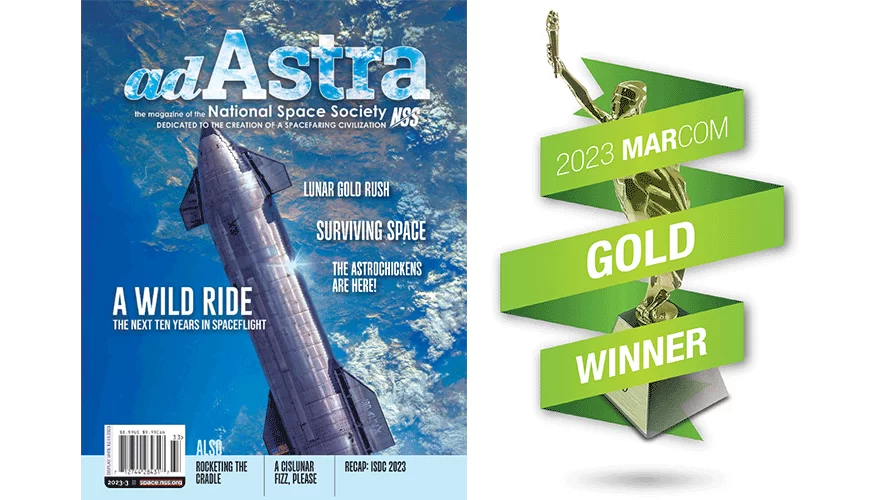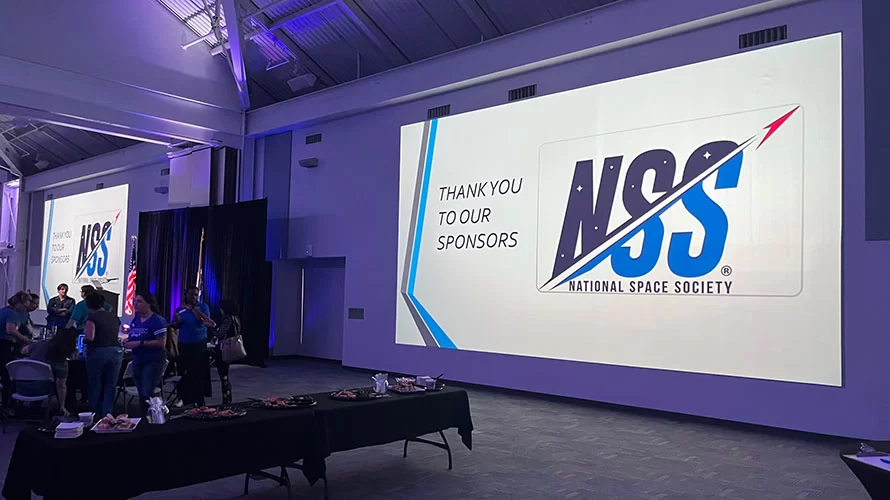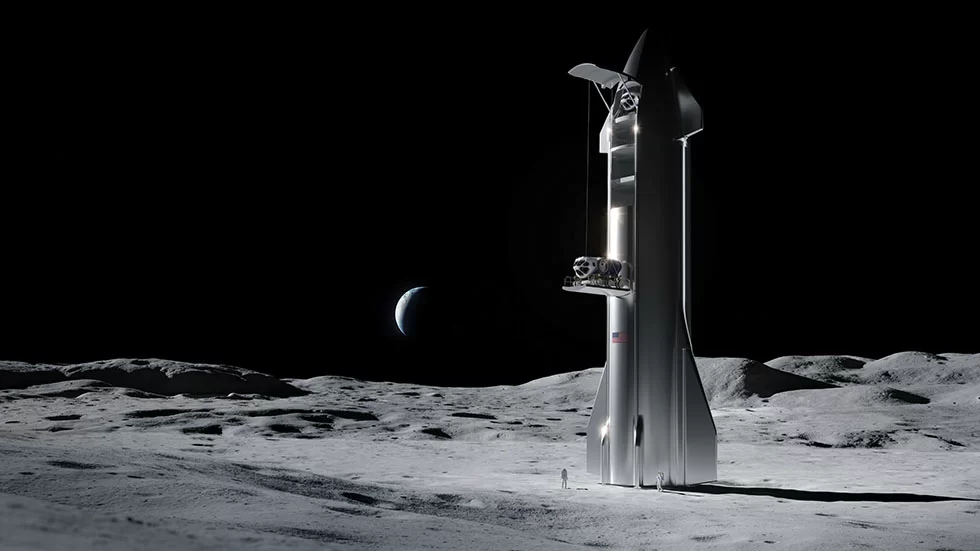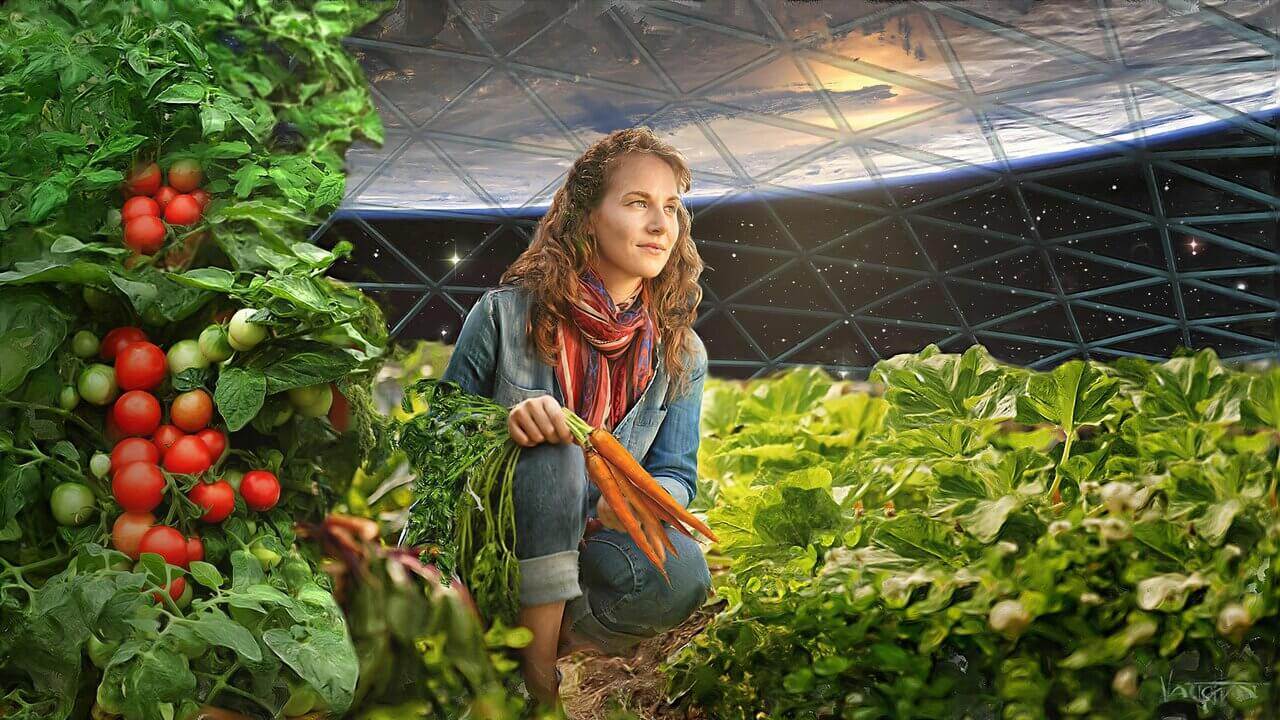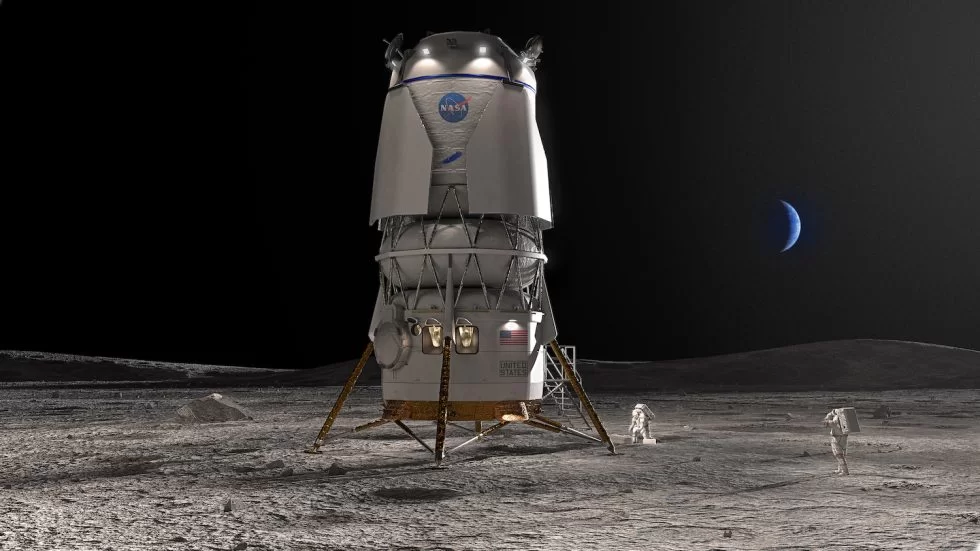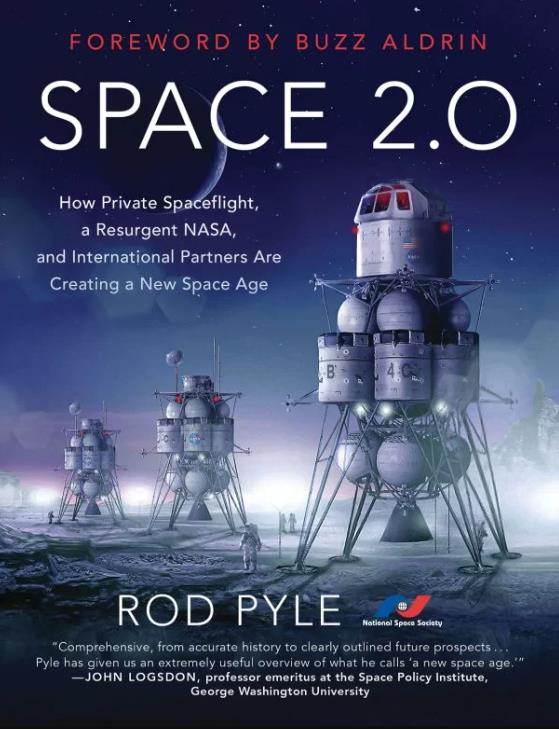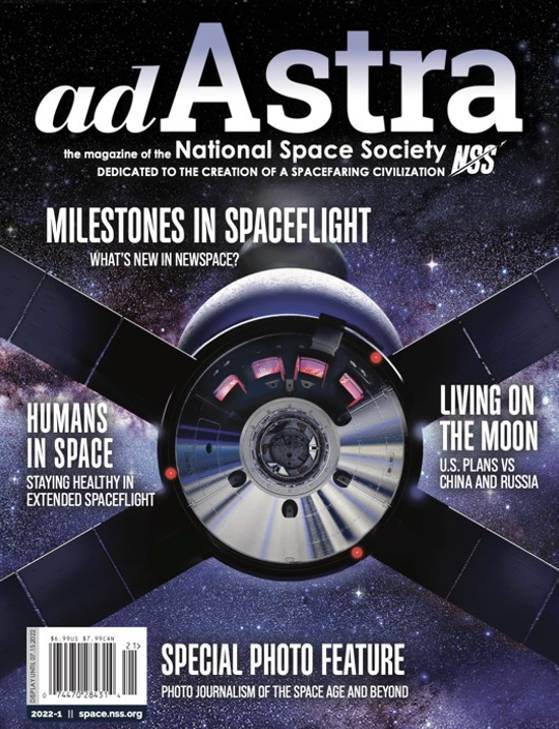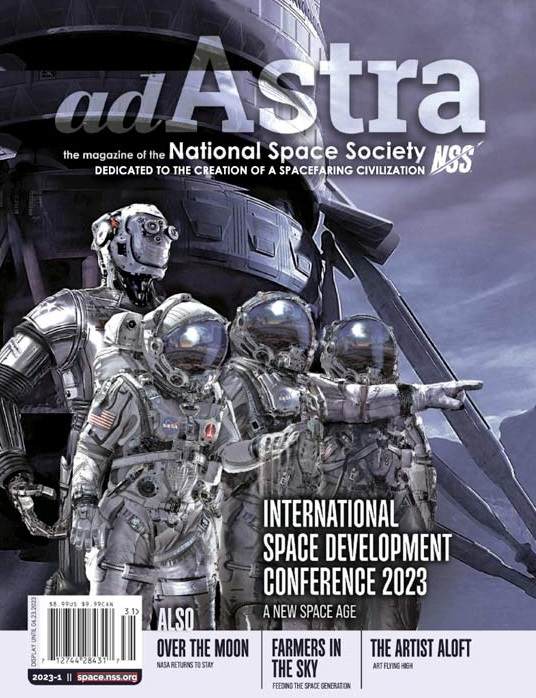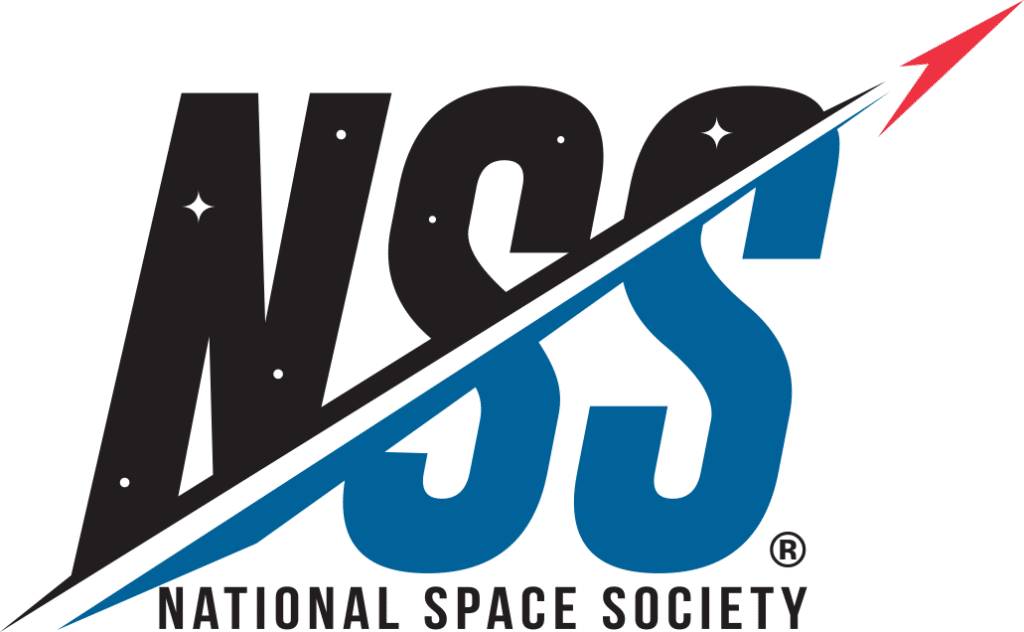| by Dave Fischer
If you want humanity to explore the Solar System, you have to test the systems you plan to use for moving around and living. And where is there a readily available harsh environment for such testing? Arizona. In the Summer it is hot and dry. In the Winter it is cold and dry (or wet, depending on the state of the Arctic storm systems). Currently underway (31 August through 15 September) is the 13th iteration of the Desert RATS program. You can follow their exploits on the RATS’ Blog. |
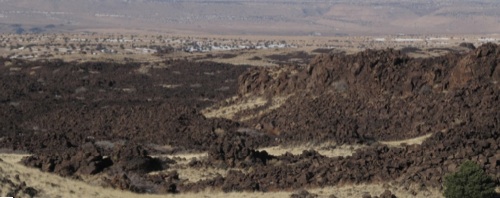 RATS site in Northern Arizona Image Credit: NASA |
 NASA Athlete Vehicle (All-Terrain Hex-Legged Extra-Terrestrial Explorer) Image Credit: NASA |
 Space Exploration Vehicle Image Credit: NASA / Regan Geeseman |
NASA’s Research and Technology Studies (RATS) program is designed to gather engineers, astronauts and scientists and test technology. This year, the major objectives include:
|
Let us know what you think. What do you want to know about? Post a comment.




